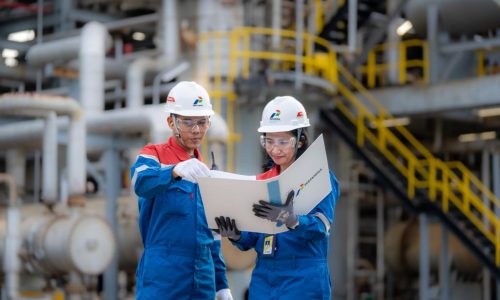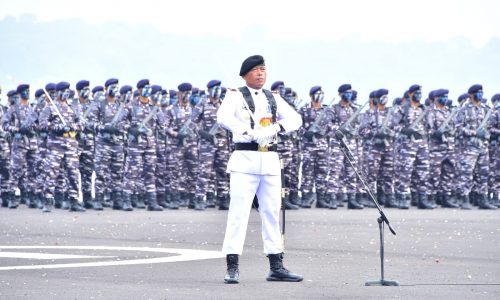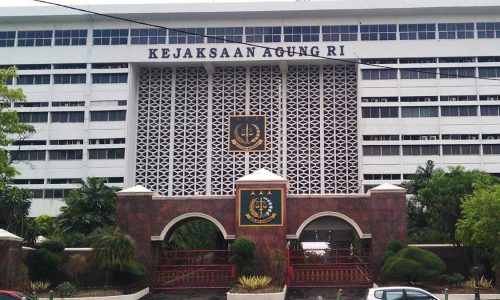An energy expert has warned of stagnant einvestment in geothermal sector citing regulation on tariff, lack of infrastructure, land acquisition and high exploration cost as the key factors.
“Investment in geothermal sector is stagnant in the sense that it is neither increasing, nor decreasing. Investment will grow if the climate is conducive,” Board Member of the National Energy Council, Abadi Poernomo, spoke to Indonesia Business Post on Tuesday, August 27, 2024 .
He said the major issue in geothermal sector is regulation, particularly Presidential Regulation No. 112/2022 on accelerating the development of renewable energy for electricity supply, while citing the electricity purchase price or tariff produced by the geothermal power plant is not attractive for investors.
“The tariff is too cheap for the investors despite there are specific tariff for respective regions. If investors are offered a geothermal working area, they need to review the risk, the difficulties there. If the region is friendly, investors will come. If investment for a working area is huge, they will be reluctant to invest,” he noted.
Abadi was of the opinion that the government should set the geothermal’s electricity tariff based on the investment because in average, investors calculate their return of investment based on the interest rate of commercial loan between 7-8 percent.
He also said that it must not be a green fund loan as the interest of green fund loan is too low at between 2-2.5 percent.
“Approximately the loan interest is around 7-8 percent, then investors will request the return of investment with the existing risks for 12 percent. If they could not meet the 12 percent return of investment, they’d rather not invest,” Abadi said.
He said further that in addition to regulation issue, there is also the infrastructure issue to consider.
“If a geothermal company operates on an area some 3,000 meters above sea level with no roads, but only small paths, the company has to clear the forest, build roads and prepare all infrastructures. All costs needed to build roads and other infrastructures will be included in the investment costs,” he cited.
“All costs will be included in the investment, unless the government builds the infrastructures,” he said, adding that sometimes, the cost to build 50-60 km road can reach between US$ 70 million to US$ 80 million.
Another obstacle is inaccuracy of geothermal reserves and resources data provided at the auction period that companies and investors need to confirm the data by conducting re-exploration.
Abidi cited an example that during the auction of geothermal working areas, the government offered reserves of 200 gigawatt, but after the re-exploration it is proven that the area only contains 40 gigawatt.
The last obstacle is land clearing or land acquisition issues that geothermal companies have to deal with.
Local content
Abadi said the ministry of industry has revoked Industry Ministry Regulation No. 45/2012 on local content (TKDN) requirement, which required 28-42 percent of local content depending on the installed capacity of the power plant.
In the new regulation, the government provides exceptions for certain geothermal projects from local contents obligations.
Investors have earlier expressed concern that Indonesia’s TKDN requirements have resulted in higher production costs for all producers in relevant industry sectors and, as a consequence, could discourage foreign investment in those industry sectors.
“This anecdotal evidence indicates that those locally available components for renewable energy projects are, in fact, not competitive (at least in terms of cost)
with equivalent components available internationally,” Abadi said. “As such, compliance with the TKDN requirements almost certainly does impose an additional cost on sponsors/developers of renewable energy projects in Indonesia that may well be a deterrent to potential investors and financiers of Indonesian renewable energy projects,” he added.









